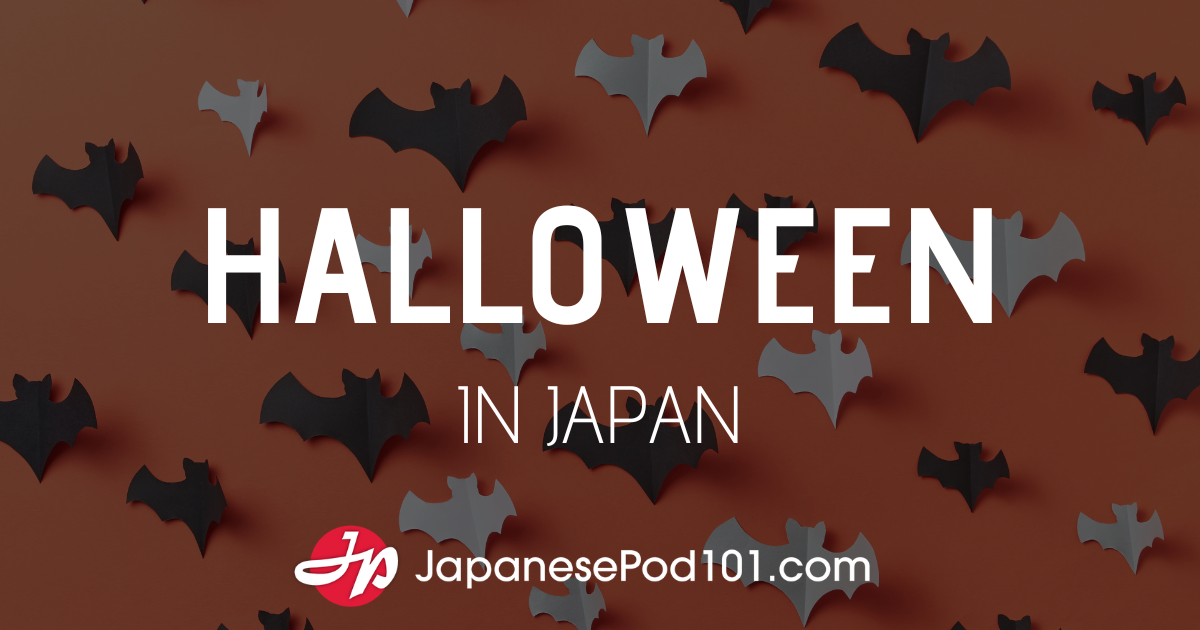
Does Japan celebrate Halloween? Absolutely—but in a way that’s uniquely its own. What began as a borrowed Western holiday has transformed into a nationwide celebration of creativity, cosplay, and commercial flair. Halloween in Japan is less about trick-or-treating and more about transformation, community, and seasonal spectacle.
Table of Contents- From Theme Parks to City Streets
- Shibuya Halloween: Party or Problem?
- Beyond Tokyo: Japan’s Regional Halloween Scene
- Cosplay and the “Mundane Halloween” Trend
- Seasonal Spirit and Cultural Touches
- A Celebration of Expression
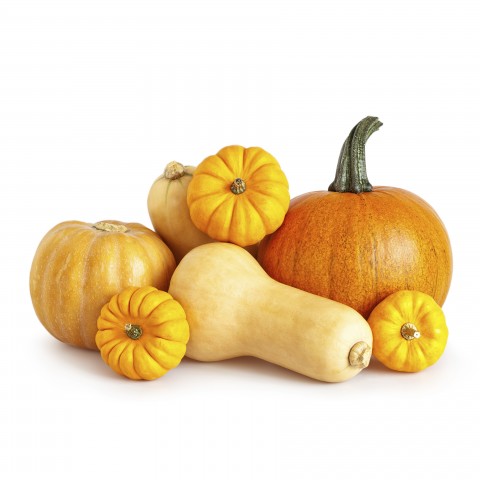
1. From Theme Parks to City Streets
Japan’s Halloween boom began in the late 1990s when Tokyo Disneyland hosted its first seasonal event. Today, Disneyland Japan’s Halloween is a major annual draw. It features Mickey and friends in Halloween costumes, themed parades, and limited-edition sweets.
Across town, Tokyo DisneySea adds a touch of mystery with glowing decorations and performances inspired by villains and ghosts. These cheerful, family-oriented festivities remain among the most popular in Japan.
If Disney offers the cute and charming side of the season, Universal Studios Halloween Horror Nights in Osaka delivers the scares. For Halloween Horror Nights 2025, the park has expanded its haunted attractions, with zombie-filled streets, themed mazes, and a horror parade that transforms the park after dark.
Unlike the U.S. version, Japan’s Halloween Horror Nights are included with regular admission, drawing crowds seeking Hollywood-level horror with a Japanese twist. During the day, the park caters to families with trick-or-treating and meet-and-greets with costumed Minions and Hello Kitty.
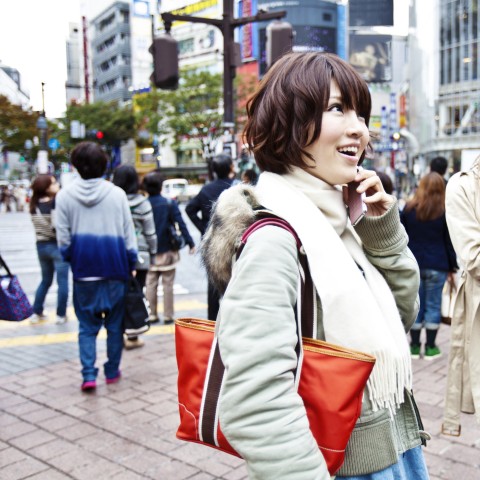
2. Shibuya Halloween: Party or Problem?
Nowhere had captured Japan’s Halloween energy better than Shibuya Halloween in Tokyo. Each year, thousands of people gathered near the famous scramble crossing, turning the neighborhood into a massive street party.
It became a global media spectacle, but the chaos also led to safety concerns. Since 2019, the Shibuya Ward Office has banned public drinking and asked people not to congregate during Halloween weekend. As of 2025, local authorities continue to discourage large gatherings.
Still, the atmosphere remains electric—streets lined with creative costumes, convenience stores selling pumpkin-themed snacks, and photographers capturing Japan’s most colorful crowd. For visitors, Shibuya offers a glimpse of how the country reimagines Western traditions through a distinctly urban lens.
3. Beyond Tokyo: Japan’s Regional Halloween Scene
Outside Tokyo, other cities have carved out their own Halloween identities. The Kawasaki Halloween Parade, just south of the capital, is Japan’s oldest and most theatrical procession. Thousands parade through the streets in elaborate costumes blending horror, fantasy, and anime influences. In Nagoya’s Osu district, families enjoy a friendlier festival with children’s parades, shop giveaways, and community events.
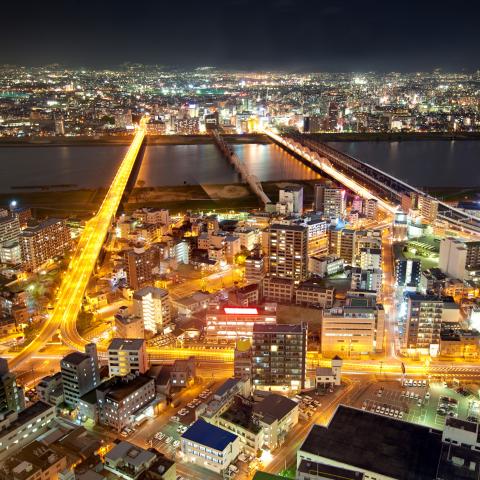
Farther west, Osaka embraces its own mix of spooky and playful. Setting aside Universal Studios, local areas like Shinsaibashi and Amerika-mura also come alive at night. They feature costume parties and live performances.
Even Huis Ten Bosch in Nagasaki, a Dutch-themed park, hosts a Halloween festival with European flair. It comes complete with pumpkin displays, haunted houses, and canal-side fireworks.
4. Cosplay and the “Mundane Halloween” Trend
In a culture that already celebrates cosplay, Halloween provides the perfect excuse for self-expression. Events like the Ikebukuro Halloween Cosplay Festival turn Tokyo’s Sunshine City into an open-air costume showcase. Anime, video game, and movie characters fill the streets, drawing tens of thousands of fans.
Then there’s Japan’s uniquely humorous take: Mundane Halloween (地味ハロウィン). Starting in 2014, it encourages participants to dress as everyday people in ordinary situations. For example, a “person who missed the train” or “office worker checking emails.” The trend has gone viral online and celebrates Japan’s subtle wit and self-awareness.
5. Seasonal Spirit and Cultural Touches
While Halloween in Japan is mainly commercial, it also connects to deeper cultural themes. Some events incorporate yokai, Japan’s traditional ghosts and monsters, or haunted attractions called obake yashiki. Others coincide with late-October harvest festivals or Bunka no Hi (Culture Day) in early November. These blend Western imagery with local seasonal rhythms.
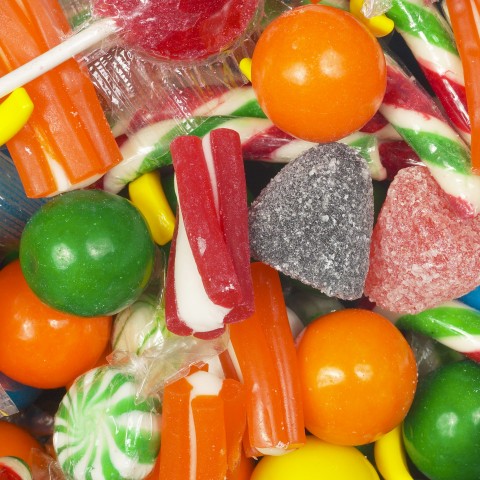
Shops and restaurants go all-in on marketing — from pumpkin-flavored Kit Kats to limited-edition Starbucks drinks. Halloween has become a month-long retail bonanza. Train stations display themed decorations, and even small towns host costume contests or community parades.
6. A Celebration of Expression
Halloween in Japan is not about fear—it’s about freedom. In a society that values conformity, this season offers an outlet for creativity and individuality. Whether you’re watching the Universal Studios Halloween Horror Nights 2025 scares, exploring the Disneyland Japan Halloween parades, or witnessing the costumed chaos of Shibuya Halloween, you’ll find a festival that reflects Japan’s ability to adapt global trends into something distinctively Japanese.
So, does Japan celebrate Halloween? Absolutely—but on its own terms. From the playful to the eerie, the extravagant to the mundane, Halloween in Japan is a fascinating mix of imported tradition and homegrown imagination—an unforgettable autumn experience for locals and visitors alike. If you’re interested in learning more about Japan during Halloween, or want to study Japanese so you can visit yourself, check out more on JapanesePod101!








